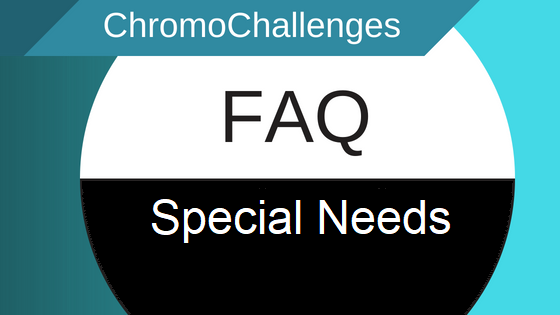BT FAQ

Read this FAQ from my perspective as a Balanced Translocation carrier for more information about Balanced Translocation.
What is a Balanced Translocation (BT)?
Based on what I’ve learned about my Balanced Translocation (BT), BT is when a part of two different chromosomes swap places. No genetic data is lost or gained, which is why it’s called “balanced”.
For example: In my case, my affected chromosomes are Chromosome 1 and Chromosome 18. Each chromosome includes two strings of information. About a quarter of one of my Chromosome 1’s and about two thirds of one of my Chromosome 18’s traded places — that’s all that happened.
Am I infertile?
No, but according to medical science your chances of a healthy pregnancy probably just became harder depending on the BT and other issues that may be affecting your fertility. Some translocations are less prone to successful implantation after conception. Some translocation carriers never know they have BT because they aren’t impacted at all.
Something to think about, though — if it’s so impossible for a person with Balanced Translocation to have a successful pregnancy, then how did YOU get here?
It’s a lot of heartache, but many of the women who try, try again eventually succeed.
What if the BT is Unbalanced?
People who carry a Balanced Translocation are predisposed to children potentially having an Unbalanced Translocation, or UBT. BT happens when portions of chromosomes swap. UBT happens when the portions that swapped also copy-paste themselves onto a set of chromosomes.
For example: Above, I explained how I have a BT between Chromosome 1 and Chromosome 18. In addition to this, my daughter also has a third Chromosome 18. The difference is that my daughter’s my daughter’s third chromosome on 18 is a partial duplication, so is actually made up of a lot of 18 and a little of 1.
How can you find out if chromosomes are Unbalanced?
Diagnostic prenatal testing for this includes:
- Chorionic Villus Sampling (CVS testing) at 10-13 weeks
- Amniocentesis (amnio) at 15-20 weeks
Some women do both procedures to be “extra sure”. Other women do CVS to find out early. The best use of time, however, is to probably just get the amnio since it’s most reliable, makes two procedures unnecessary, and minimizes the small risk of miscarriage due to testing.
Results are usually available 10-14 weekdays after the procedure.
If testing post partum, testing includes:
A karyotype determines whether chromosomes are Balanced, Unbalanced, or Normal. If Balanced or Unbalanced, a microarray can provide additional information regarding breaks in chromosome pairs.
Results are usually available approximately 3 weeks after blood is drawn.
Are Unbalanced fetuses worth saving?
After my time in the support groups I follow — one leaning pro-choice, and the other decidedly pro-life — and after having a child with unbalanced chromosomes — I can emphatically say YES. Unbalanced is not the same as nonviable.
Nonviable is the incapability of survival. Not everyone in such a position gets a positive outcome but choosing to allow an unbalanced fetus to continue means you have chosen for it to continue, keep growing, and (with help) thrive if the situation allows for it.
Neither keeping or terminating an unbalanced pregnancy is shameful. Choosing to terminate an unbalanced pregnancy does NOT mean you have less regard for life. What it MEANS is that you have chosen according to your situation and factors that apply to YOUR life and health, and what it’ll take to progress your baby’s needs and health. The best choices are all too often — to say the least — not easy ones to make.
Balanced Translocation Reading Materials
This Reading List includes affiliate links that I use to support my work. At no additional cost than what you buy on your own, I may receive a commission if you make a purchase.
- Blott M, Amato P, eds. Pregnancy Day By Day. New York, NY; 2009.
- NIH U.S. National Human Genome Research Institute. National Human Genome Research Institute: Chromosome abnormalities. Updated January 2016.
- NIH U.S. National Library of Medicine. Genetics Home Reference: Chromosomes and mtDNA. Updated July 2019.
- David S, Blakeway J. Making Babies: A Proven 3-Month Program for Maximum Fertility. 2009.
- Fett R. It Starts with the Egg: How the Science of Egg Quality Can Help You Get Pregnant Naturally, Prevent Miscarriage, and Improve Your Odds in IVF. New York, NY; 2014.
- NIH U.S. National Library of Medicine. Genetics Home Reference Handbook: Help me Understand Genetics. Updated July 2019.
- Unique: A Rare Chromosome Disorder Support Group.
Get back to The FAQs.



